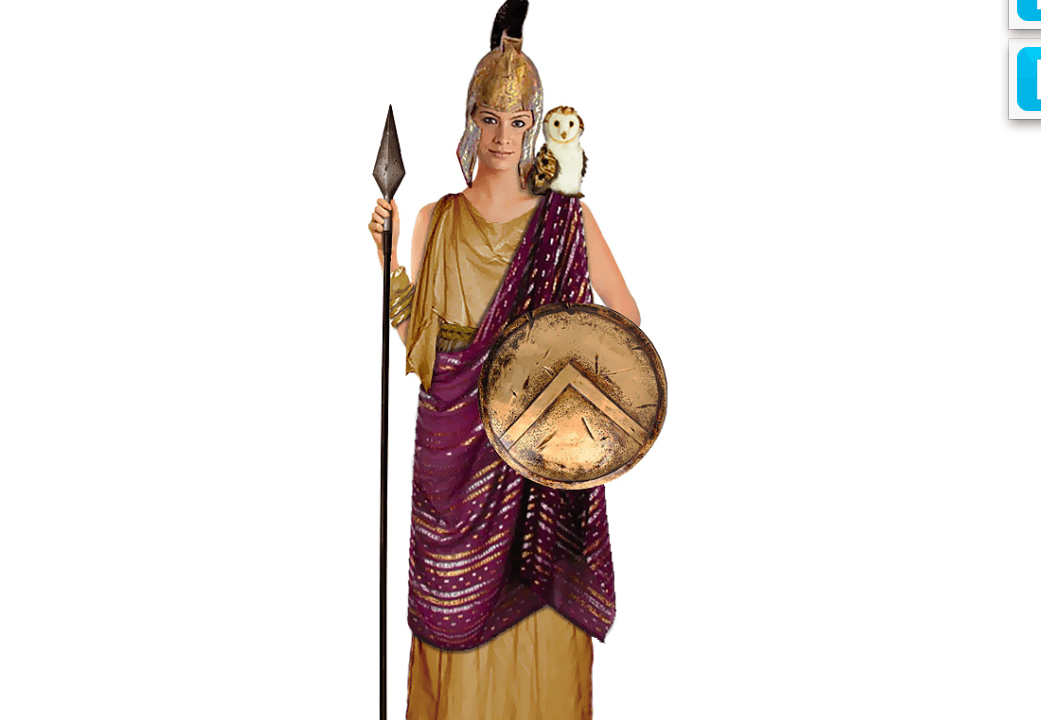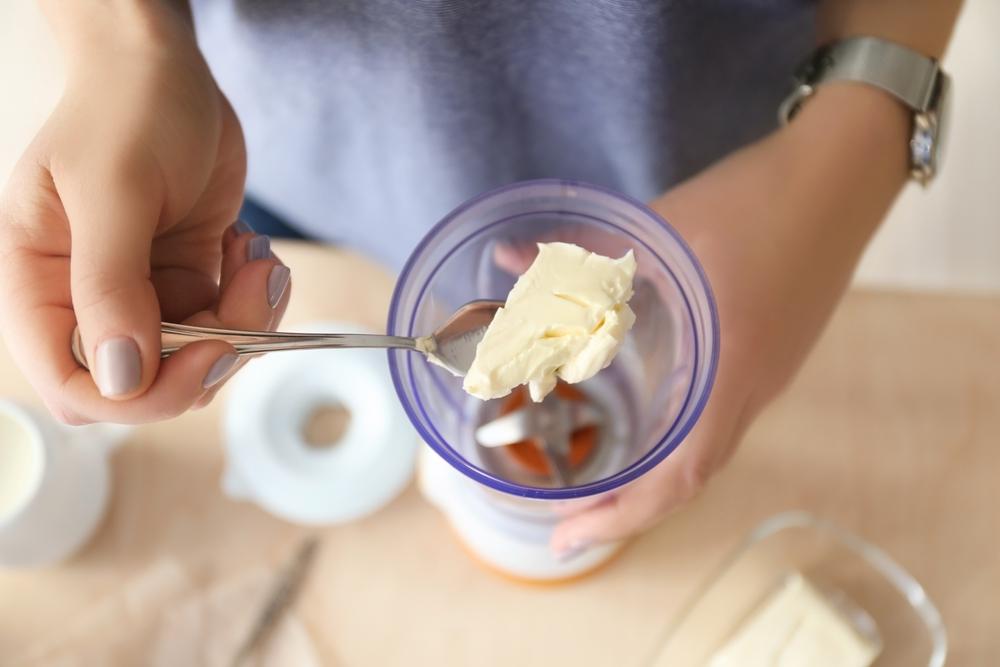A child advocacy group is advising parents to steer clear of buying sexualized Halloween costumes—which are being marketed to girls as young as seven—for their daughters.
The Children of the Street Society, which works to prevent the sexual exploitation of young people, has sent a letter to schools across B.C. to remind teachers and parents that sexualized costumes are not appropriate for children and can even be harmful.
“It glamorizes the sexualization of children and youth and makes it the norm,” says Diane Sowden, executive director of Children of the Street.
Staple costume styles that were once asexual, such as those of witches and animals, now seem to have a “naughty” version, says Sowden, and parents need to treat these costumes as exploitative rather than something harmless.
“Parents of young children that age—eight, nine, ten—should be setting boundaries for their kids, and not think it’s OK just because that seems to be the trend.”
Sexualized costumes for adults have long been the norm during Halloween festivities, but younger and younger girls have been targeted by the marketers of these costumes in recent years, says Sowden.
“Originally it was teens, then we saw the 13-year-olds, and unfortunately now there are actually [sexy] costumes in stores for 7- and 8-year-olds,” she says.
Article Continues after the discussion. Vote and comment
[tok id=a1f6e1d2d3ff659f6532b1aa167125a0 partner=1966]
“Not only the costumes, but the poses the models are taking on the packages—they are very similar poses to adults wearing sexual clothes.”
Another concern is that with the widespread use of social media, kids have little control over who takes their picture in these costumes, and where that picture might end up, Sowden adds.
“These costumes aren’t only worn and shown at private house parties or at school. It can end up on Facebook, and people outside of the community and predators also have ability to see these images. It’s becoming a much broader problem.”
Fallout From Sexualization
According to the American Psychological Association (APA), there are several harmful components to sexualization that set it apart from healthy sexuality: when sexuality is inappropriately imposed upon a person; when a person’s core value is believed to come from their sexual appearance rather than their intelligence or other qualities; and when a person is held to unrealistic standards of physical attractiveness.
A 2007 APA task force on the sexualization of girls found that when girls and young women are sexualized—and learn to sexualize themselves—their mental health deteriorates. They experience lower self-esteem, higher levels of depressed mood, a higher likelihood of developing eating disorders, and discomfort with their own bodies.
“We know that young girls’ self esteem issues are more of a problem now than they’ve ever been, and a lot of it has to do with them trying to keep up with what the media has presented a female should be like,” says Sowden.
Sowden is also warning schools and parents about costumes that glamorize gang lifestyles, which often have ties to the sex trade, or “pimp and ho” costumes, which normalize sexual exploitation and contribute to false perceptions about these harsh realities.
“Why are we glamorizing what a pimp is? A pimp is a rapist, someone who buys and sells young people. We don’t want to glamorize that in young males,” she says.
Sowden believes parents, schools, costume makers, consumers, and stores all have a responsibility to reject these costumes and reverse the trend. If a child wants to buy a sexual costume, it can be a great opportunity for the parent to initiate a deeper discussion about these complex issues, she notes.
Last year, a website called Take Back Halloween was launched in response to a lack of “unsexy” costume options in stores for girls. The site provides strictly nonsexual costume ideas that have an empowering component—featuring historical figures, story characters, heroines, and goddesses.
“Halloween costumes used to be a lot more varied—you could be anything. But increasingly those costumes have disappeared and the only thing left is sexy. It’s like that’s all women are allowed to be,” says Suzanne Scoggins, founder of the website.
“What we want to do is bring back some of that variety. Since the commercial costume industry isn’t doing it, we’ll just do it ourselves.”





